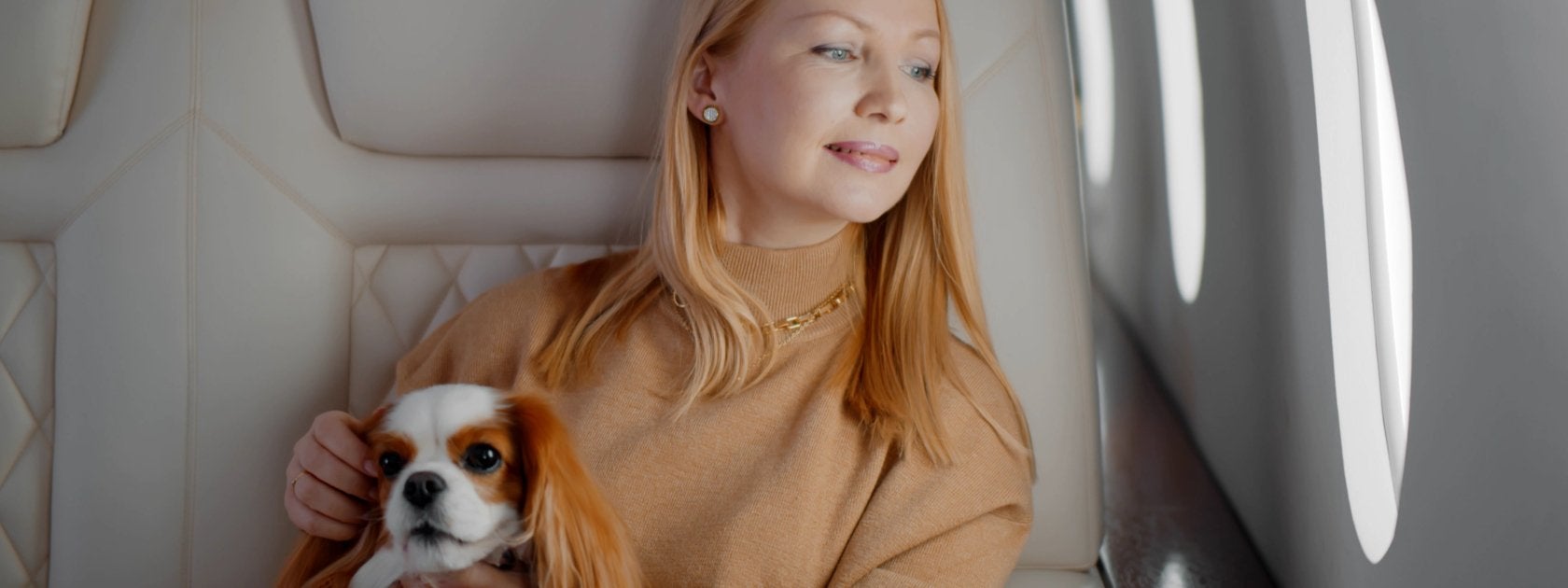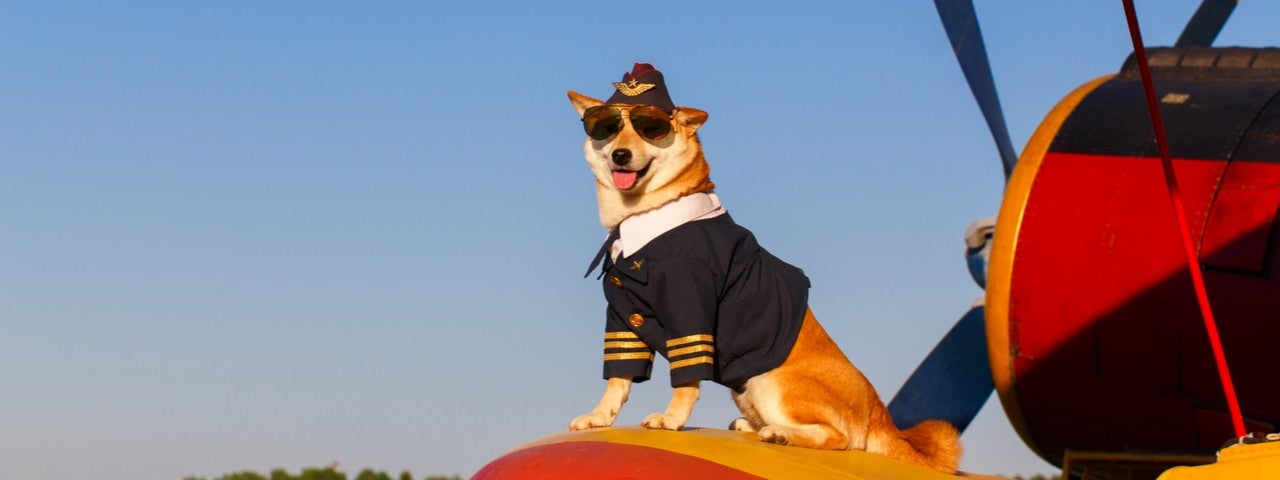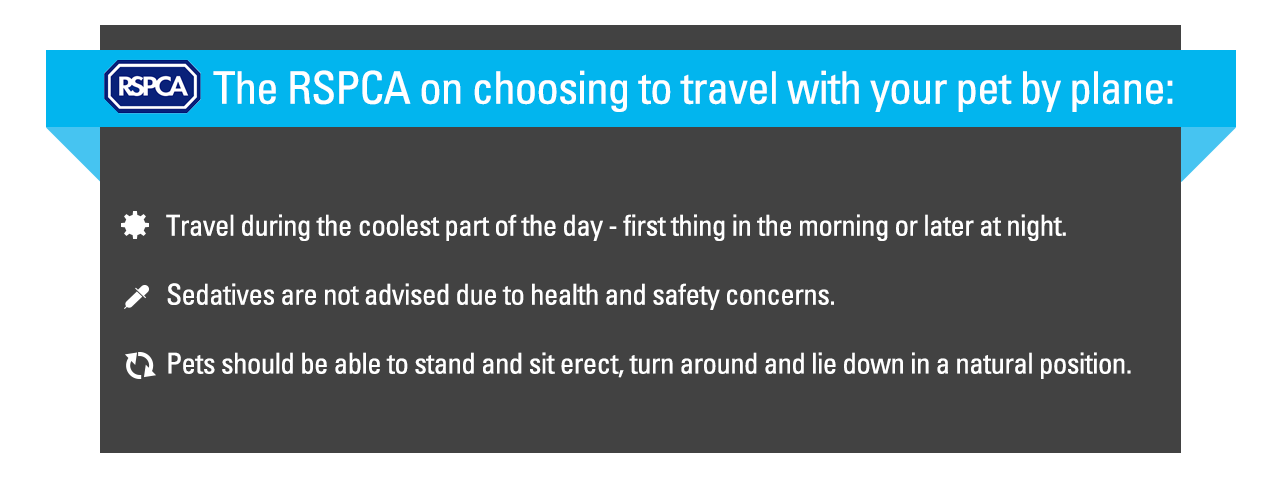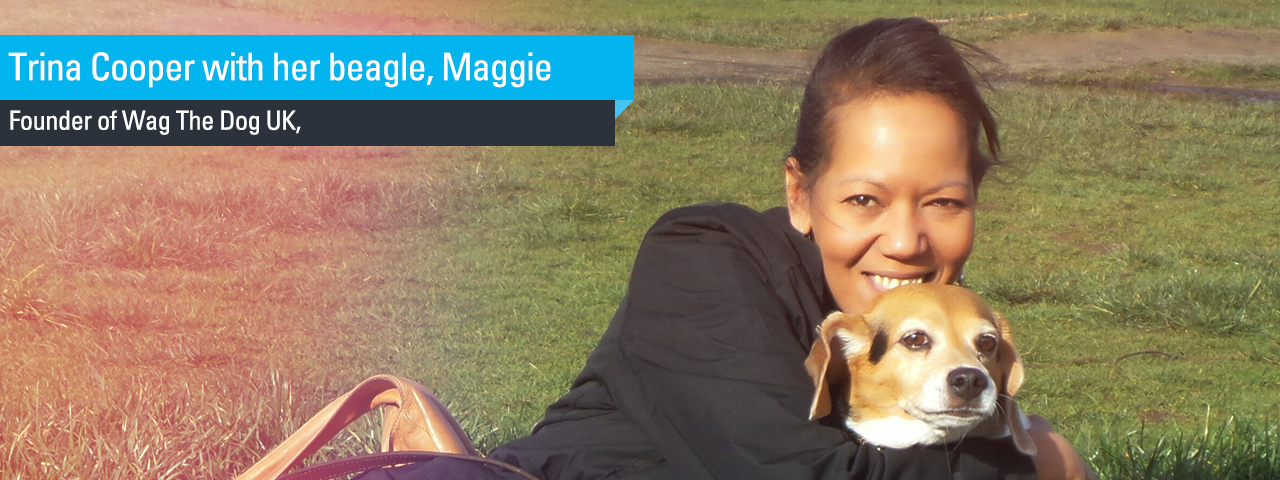Pets on Jets
Sometimes our pets need to travel by air, but flying in the cargo hold of a commercial plane can be an unpleasant experience for companion animals. When you rent an aircraft, your pet gets all the VIP treatment enjoyed by private air charter travellers. So let’s find out more about how best to travel with your pets by air.
Trina Cooper is the founder of Wag The Dog UK, a dog-friendly blog inspired by Maggie the beagle. When Trina thinks about taking Maggie on a trip, she is always concerned about her beloved dog’s health and safety:
“There’s no fun in taking a pet on vacation if they are going to suffer getting there. This is why it is a last resort for me to ever put Maggie in the cargo hold of a plane. Think of yourself as your dog going on a trip. You are placed in a crate and shipped alone into a dark and loud cargo area where your only companion is the walls of that crate.”
We asked some pet behaviour experts to share their insights into the cargo hold experience for pets:
Is flying traumatic for pets?
Clinical Companion Animal Behaviourist Rosie Barclay, at the Association of Pet Behaviour Counsellors (APBC) says: “If a pet isn’t used to being kept in a small moving crate, surrounded by the noise and smells of engines and other pets, then this is likely to be an incredibly fearful experience, which might lead to behavioural issues later on in life.”
The spokesperson for the Battersea Dogs & Cats Home agreed: “Travel can be frightening for many animals and travelling in a cargo hold is likely to be a negative experience due to the loud noises, temperature changes, movement and the presence of other animals that are also worried. This has the potential to lead to noise phobias and a fear of being alone.”
Should you take your pet on a jet?
We asked UK animal welfare charity the RSPCA for advice about how to travel with pets by air: “We would suggest that, when deciding whether to transport pets by air, owners take the time to research the airline they are travelling with to minimise any potential stress. This could include finding one that flies directly to your intended destination. Also, we would recommend owners discuss with their vet whether or not the pet is suitable to travel by air. It is essential that the pet is fit and healthy, and able to cope with being confined for an extended period of time.”
Once your pet has been confirmed as being fit and healthy for air travel, one of the best ways to maximise their comfort and minimise stress is to book an aircraft charter that will fly direct to your destination. Besides saving time by skipping airport queues, you’ll be able to have your companion animals with you throughout the comfortable private flight.
According to the spokesperson at the Battersea Dogs & Cats Home: “Animals do tend to be more relaxed in the presence of people they know and trust. They are likely to be comforted and cope better if the people and animals around them are familiar to them. Owners will still need to be aware that a flight could be traumatic for the animal, regardless of where they travel, and therefore should speak to their vet or a behaviourist about ways they can prepare their pet for such a journey.”
We went ahead and asked the experts for you:
How can owners prepare their pets for air travel
Juliette Jones, Cat Behaviour and Training Specialist, and Wendy Kruger, Dog Behaviour and Training Specialist, of the UK’s Wood Green, The Animals Charity, say:
Before you go:
“Consider your individual animal’s personality and whether travelling is the right option for them. Air travel, particularly in the cargo hold, can be dangerous for animals with flat faces, such as bulldogs, pugs and Persian cats. Their short nasal passages leave them vulnerable to oxygen deprivation and heat stroke, especially when stressed.
“Get your dog used to a car harness and teach them to sit on the passenger seat of the car. Introduce them to the plane, feed them some tasty treats in the cabin, allow them to explore the cabin, ask them to sit on a seat and secure their harness to the seat belt. Get a secure, covered carrier for your cat to transport them more easily. It might help to get them used to it, to avoid too much distress when you take them on your travels.”
On the day you travel:
“Ensure [your pet has] had plenty of exercise.” This can help to expend excess energy and lower anxiety levels.
However, if your vet has prescribed motion sickness or anti-anxiety medication for your pet during transportation, check first with their medical practitioner before exercising your pet on travel day.
During the flight:
“Give them treats to help take their mind off worrying experiences, like take-off and landing, turbulence, and air pressure changes which may affect their ears – take chews to help with this.”
If you are travelling on a private charter flight and can take your pet with you in the cabin, do not give them treats before or during the flight if they suffer from motion sickness. Instead, take along a favourite toy or blanket.
Rosie Barclay of APBC added that, before travel day, owners should go online, find the sound of aeroplane engine noise and introduce it to your pet at a very low level. She suggests: “You can gradually increase the volume, but only move to the next stage when your pet is happy at the previous one. Always make sure that your pet is receiving something rewarding so they begin to associate all this movement and noise with fun things happening. You can practise this inside the house and in the car and garden, so your dog gets used to this happening in different environments and among different smells.”
If you know your pet is particularly sensitive to sound, do not try to desensitize them to the sound of an aircraft. Instead, it’s a better idea to speak to your vet or a registered behaviourist about alternative ways to lower your pet’s anxiety levels during a flight.
For Trina Cooper, when she thinks about taking Maggie on a trip, the bottom line is: “When a pet is not beside their loved one who is usually there to take care of them, they are experiencing added stress that they did not sign up for. You will feel less stressed with your pet by your side, and your dog is going to feel great knowing you are there.”
Make flying with your pets as stress-free as possible with ACS
To take the stress out of travelling with your pets by air, contact us at Air Charter Service (ACS). Our travel and concierge experts will talk you through how a private charter can give you and your loyal animal companion a comfortable, stress-free travel experience on board a private flight.

 It’s no surprise that travelling in a cargo hold can be a traumatic experience for pets. A private charter flight is a great way to give your pets a comfortable ride. We’ve asked pet behaviour experts to share their insights into how to travel with pets by air.
It’s no surprise that travelling in a cargo hold can be a traumatic experience for pets. A private charter flight is a great way to give your pets a comfortable ride. We’ve asked pet behaviour experts to share their insights into how to travel with pets by air.




